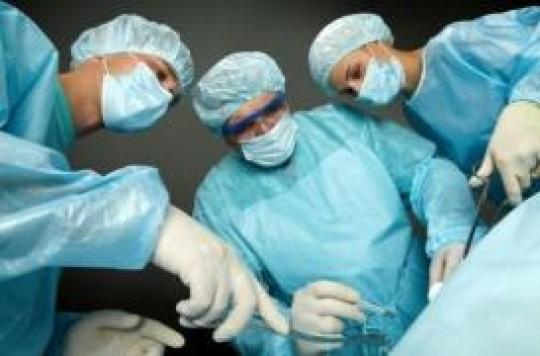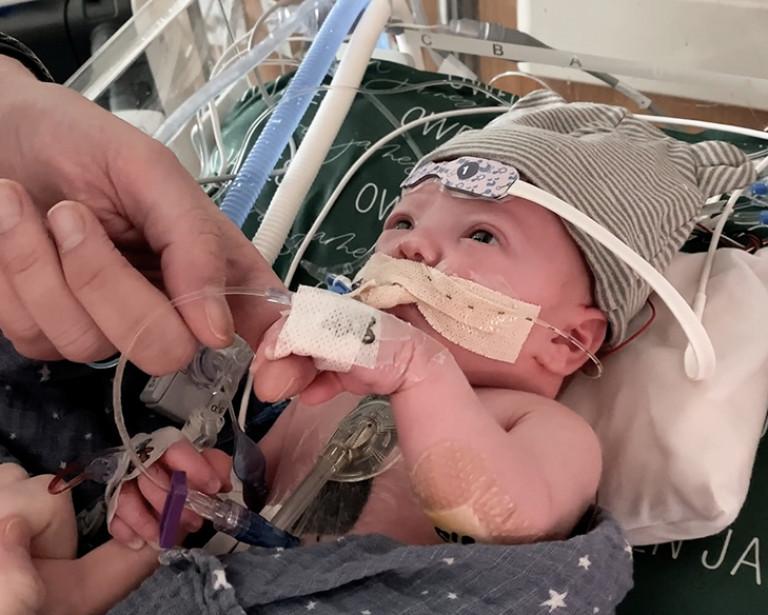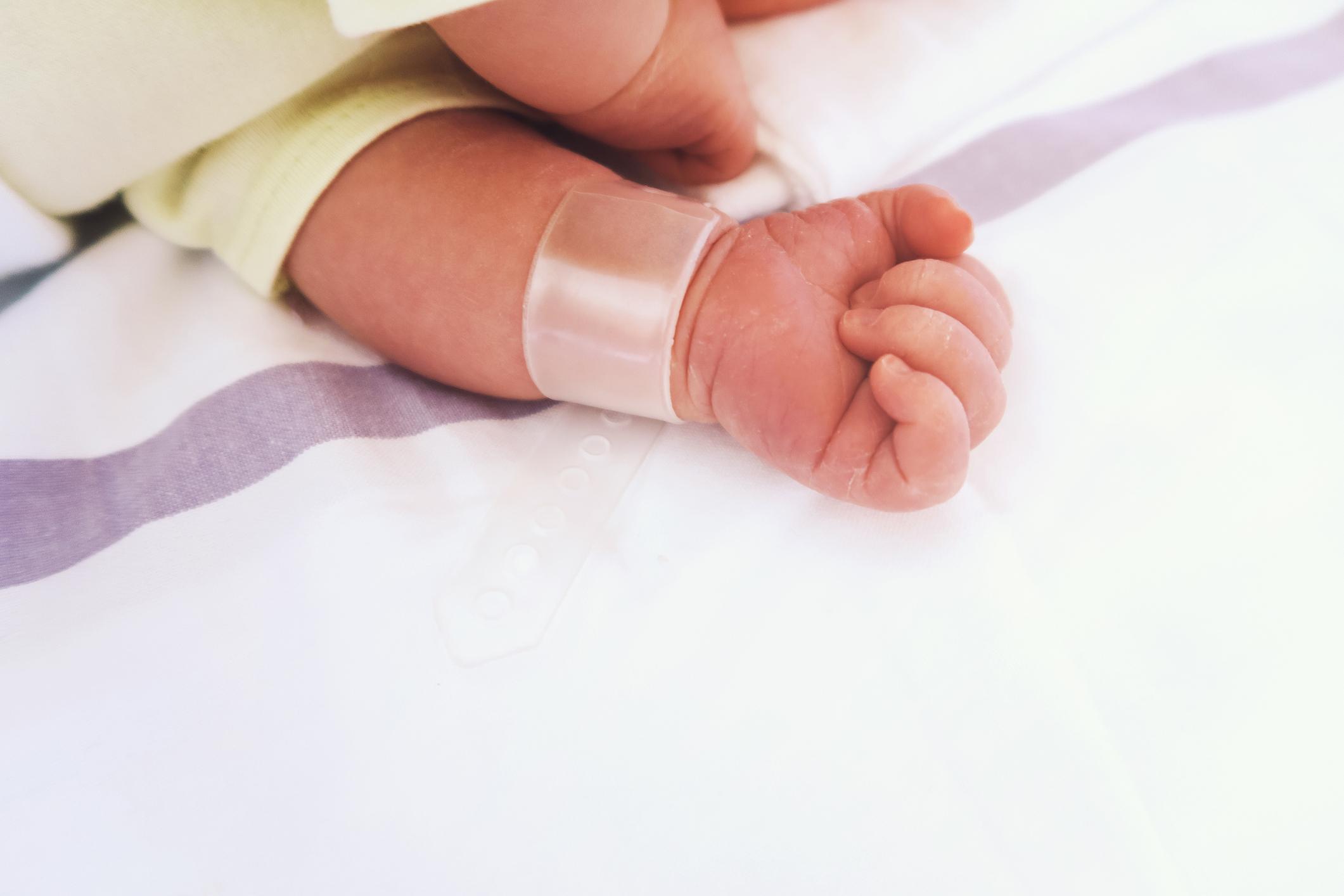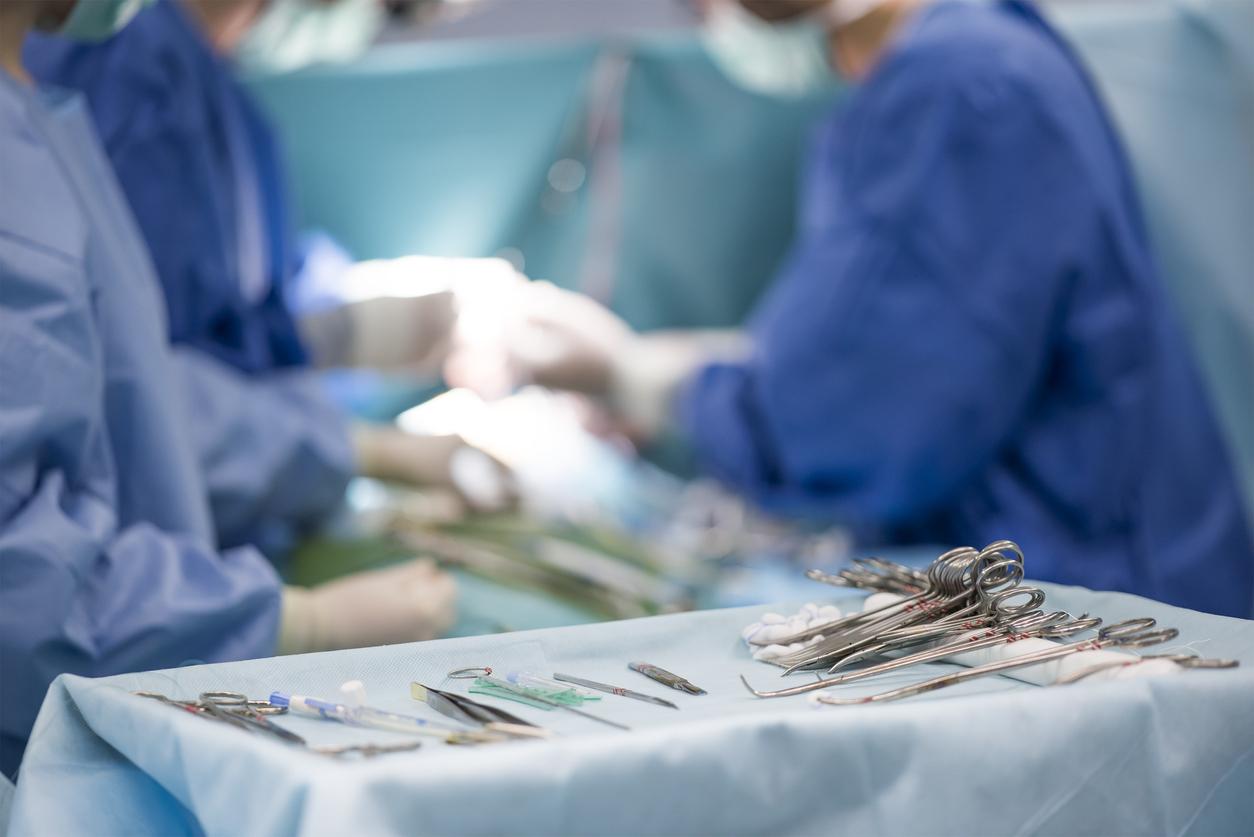Prof. Jean-Noël Fabiani is one of the rare surgeons to have transplanted dozens of hearts during his career as head of the prestigious cardiac surgery department at the Georges-Pompidou hospital in Paris. Young retiree, he now devotes himself to the history of medicine by publishing top-quality best-sellers *. He will bring us to life, in 3 episodes, the formidable epic of the first heart transplant carried out by Prof. Christiaan Barnard, just 50 years ago. On December 3, an unknown young surgeon from Cape Town, South Africa, performed the first heart transplant. It was a worldwide impact. * These thirty unusual stories that made medicine. Jean-Noël Fabiani. Plon editor 2017

1er episode: Cape Town, South Africa, Groote Schuur Hospital, January 2, 1968. What a month of December!
Dr Barnard had done the first heart transplant, on the 3rd, on poor Louis Washkansky. And he had just died. It must be said that we had been strong on immunosuppressants to try to avoid rejection. Too much, no doubt. In practice, we did not know very well what to do in the event of a heart transplant, and we had sailed by sight. We were inspired by the doses given in kidney transplants, it was logical. But the heart was not the kidney. In any case, the patient had suffered from bilateral pneumonia, no doubt he was too depressed by the drugs and had poorly defended himself against the infection despite the considerable doses of antibiotics he had received. And, despite respiratory assistance, he was dead.
The first heart transplant as a media event had gone around the world.
He had dared. He, Christiaan, he had dared!
Someone had to jump in. When he visited Norman Shumway at Stanford, he understood that everything was fine. But Shumway was reluctant to take the plunge. It was not very clear in the United States in 1967 to define exactly what death was. Of course, all doctors knew it: only the death of the brain was the real sign of death. But some still believed that as long as the heart beats, life is possible. Shumway hesitated. Not that he was not sure of the transplant technique that he had spent more than ten years developing in animals, but he feared the consequences for the general public that the first would inevitably have. in humans, with its procession of discussions, positions taken by associations, leagues and religions. He, Christiaan, had taken advantage of his procrastination and, as soon as he had had the right case and the right donor, he had dived!
– Jesus! Said lyk of said gaan werk!
“Jesus, it looks like it’s going to work,” he cried in Afrikaans, the language of his childhood, when he saw Denise Darvall’s heart contract again in Louis Washkansky’s chest. This had caused the most extraordinary media storm in the history of medicine: front pages of newspapers around the world, televisions, radios, interviews of all kinds. Even women’s magazines and rock magazines had talked about him. He had become a star within days. Much had been said about his exceptional qualities as a surgeon, his appearance as a young first, his exceptional team at Groote Schuur Hospital in Cape Town. Locally, in the country, everyone supported him. The members of the government had particularly congratulated him. This success was welcome for the brand image of South Africa, so contested in the world, apartheid obliges …
But Christiaan Barnard knew very well that in the medical world, the rhetoric was not quite the same. Of course, his colleagues interviewed around the world praised the operation. Even Shumway had congratulated him on his success …
Sportsmen, surgeons!
However, only three days after Washkansky’s operation, Kantrowitz, in Brooklyn, was also doing a transplant, and in a nineteen-day-old baby. Christiaan Barnard knew well that behind the scenes, he was accused of having robbed the Stanford team of the glory that should have come to it, given the research time involved and the worldwide notoriety of its members.
If he didn’t want to sound like an opportunist, he had to transform the essay. It made sense in Springbok country! We had to start over and succeed. The first case, Louis Washkansky, died eighteen days after the operation. The second was to be a real success.
.















